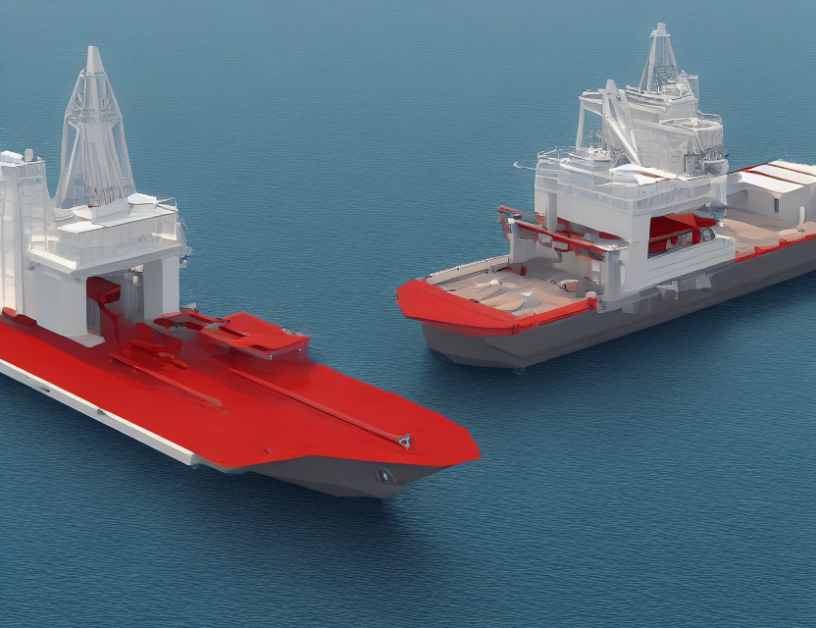This study aimed to improve the efficiency of a machine learning algorithm called CMA-ES by applying a restart strategy. The algorithm generates candidate solutions following a normal distribution with a given mean and covariance matrix, and updates these parameters based on the values of the objective function at each step. The restart strategy was used to avoid getting stuck in a local minimum, ensuring that the algorithm converges to the global optimum.
The study used CMA-ES with the restart strategy in the MEGURI2040 project, which aimed to develop fully autonomous ships by 2040. The algorithm was tested on a model called MMG (Multi-Modal Gait), which predicts a person’s gait patterns based on their walk cycle.
The results showed that the CMA-ES with the restart strategy was able to converge to the global optimum more efficiently than without the strategy. This suggests that the restart strategy can improve the performance of CMA-ES in optimization problems, especially when dealing with complex and nonlinear models.
To explain this concept in simpler terms, imagine a group of people trying to find the shortest path between two points on a map. Without a strategy to avoid getting stuck, they might get lost in the woods and never find the optimal route. By using a restart strategy, they can try different paths and adjust their course based on what they learn along the way, increasing their chances of finding the best solution.
In summary, this study demonstrated that the CMA-ES algorithm with a restart strategy can improve its efficiency in optimization problems, making it more likely to converge to the global optimum. This approach can be particularly useful when dealing with complex models like MMG, which predicts a person’s gait patterns based on their walk cycle. By using this strategy, researchers can develop more accurate and efficient machine learning algorithms, leading to better outcomes in various applications.
Electrical Engineering and Systems Science, Systems and Control
Tuning Parameters for Autonomous Ship Development: A Data-Driven Approach



